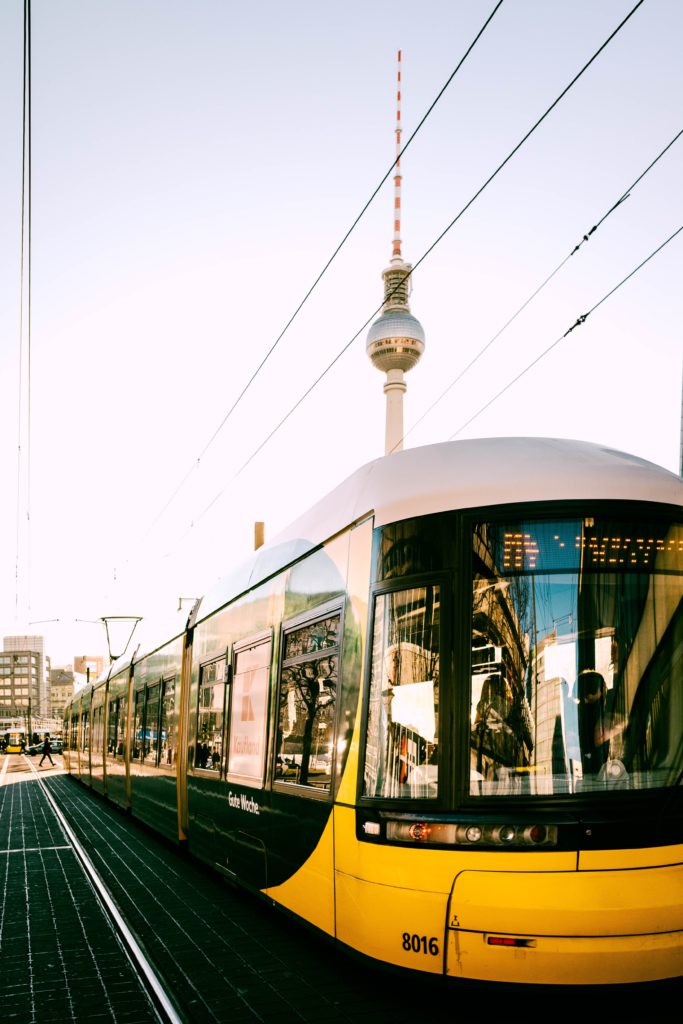Tempo 30 project in Berlin leads to better air quality
The Berlin Senate started the Tempo 30 project in 2017, introducing a speed limit of 30 kilometres per hour on five high-traffic roads in the city. According to the research carried out between 2017 and 2019, the project successfully improved air quality on four roads, as the Senate recently announced.
The German capital introduced the Tempo 30 project back in 2017 to improve its air quality. Focused on five delimited zones (Leipziger Straße, Kantstraße, Hauptstraße, Tempelhofer Damm, and Potsdamer Straße), the project was a significant success. Now that the trial phase is done, local authorities have decided to keep the speed limit in all five zones.
The project initially generated considerable dragging traffic and spillover effects into the neighboring streets, leading to lengthier waiting times for public transport. Nonetheless, the situation normalized after some technical adjustments to traffic lights and many more vehicles running the route.
Tempo 30 successfully decreased NO2 emissions in four out of the five cases. NO2 levels on Leipziger Straße, Kantstraße, Hauptstraße, and Tempelhofer Damm fell by up to 3.8 micrograms per cubic meter of outdoor air. Before enforcing the speed limit, the baseline values on these roads averaged between 41.2 and 51.6 micrograms per cubic meter.
The only exception was Potsdamer Straße, who saw no reduction in NO2 pollution. According to the study, this is mainly due to the high traffic volume in this zone: Before Tempo 30, the average speed of cars in the area was already well below 30 km/h.
Read more on Berlin's official website here.

